For nearly a decade, Michigan Tech Theatre's annual haunted experience has provided an unforgettable experience for both the students involved and their audiences. This year's event takes place Oct. 24-26 inside the Quincy Mine Hoist.
The faculty and students of Michigan Technological University's Department of Visual and Performing Arts (VPA) theatre program have experimented with multiple locations and themes over the years because variety is essential to the learning and skills that come from producing the event. This year, students chose their approach to fit the location and their selected theme: Fears and Phobias.
Kent Cyr, technical director and associate professor of visual and performing arts, said visitors are in for a hefty dose of creepy clowns.
"Our hope is if you do not have any fears or phobias, you will have by the time you leave."
The project includes students of all academic years, from first-years to seniors, across the department's degree programs. Huskies studying audio production and technology, sound design, and theatre and entertainment technology are involved, with more experienced students providing leadership and guidance to those joining the production for the first time.
"It can be really challenging working as a leader when you're only two to three years older than your crew. Sometimes, it comes with imposter syndrome, but having a good team fixes that!" said production manager and audio production and technology major Jos Olson '26.
If You're Planning to Go
The Haunted Hoist House, co-hosted by VPA and the Quincy Mine Hoist Association, is happening from 7-10:30 p.m. Thursday, Friday and Saturday, Oct. 24-26, at the Quincy Mine off US Highway 41 north of Hancock. The 15-minute tours start every 10 minutes. Admission is $13, and children under 13 years old must be accompanied by an adult. Attendees can expect a few stairsteps, uneven ground, flashing lights and jump scares. Closed-toe shoes and warm clothes are recommended. A hard hat is required and provided.
The project's student leadership team chose the Fears and Phobias theme after reflecting on the strengths and challenges of past productions.
For example, past experience showed that scripted storytelling is a challenge. As visitors move through the walking tour, those at the back of larger groups can miss key story beats that are essential to understanding the overall narrative. To address that, the team proposed pockets of set pieces and themes based around basic fears and phobias.
The theme was heavily influenced by where the tour is taking place.
"We have lots of problems with filling up open spaces and continuing the story through each area. It has influenced my technical process by thinking more on my toes and figuring out what in each space we can use to our advantage," said student leader and production manager Molley Pelkey '26, a theatre and entertainment technology major.
Past haunted experiences have been staged in the Quincy Mine's east adit, the Quincy Smelter and even as a driving tour on the mine grounds in 2020 to allow for social distancing. Each setting required unique solutions to accommodate audiences at what is essentially a touring production.
"This is actually one of my favorite events that we do, because even though it is always new, always different, and it has varying degrees of success, we are always working to improve," said Kent Cyr. "We are always coming up with new challenges, seeing new challenges, being challenged in different ways. It gets my brain working in a way I don't often get to do in a theater show."

Study Theatre and Entertainment Technology at Michigan Tech
The driving tour in 2020 is a prime example. The event had an unexpectedly large turnout, raising around $6,500 at a requested donation of $10 per vehicle. Since all proceeds go to benefit the Quincy Mine Hoist Association, the turnout was gratifying. But the line of cars extending beyond the parking lot and onto the highway was an unintended consequence.
While challenges can impact the experience of those attending the event, program organizers welcome them as an essential learning experience. Students gain an understanding of what it's really like to bring a production to life far from the static and controlled environments of Tech's Rozsa Center or McArdle Theatre. The limitations inspire creativity and teamwork.
Huskies Team Up for Innovative Creative Solutions
"Our majors are small in student class size, so it really feels like friends and family working together," said theatre and entertainment technology major Tara Estrada '25, the assistant production manager and assistant costume manager for the Haunted Hoist.
Pelkey said there are many design aspects to consider, from what materials to purchase to how to build props and make everything fit into each scene. "But along with those challenges I really enjoy spending working hours with some of the younger students. It not only helps build a relationship as a mentor to them, but also builds our relationships as peers," she said.
The Quincy Mine has provided its own spooky atmosphere in previous years, including natural fog. That natural moisture also makes it difficult to keep equipment and costumes dry. Costume designer Mary Cyr, VPA assistant teaching professor, has designated some costumes to the haunted experience permanently because they're stained with mine mud.
Hosting the haunted experience at the Quincy Smelter also tested the production in new ways. The historic site is overseen by the Keweenaw National Historical Park Advisory Commission and must be preserved exactly as it was left. Detritus like broken glass, left-behind equipment and other historic artifacts cannot be moved to accommodate the production. Students instead planned around them to leave the site undisturbed.
The Quincy Mine Hoist production encompasses an approximately 700-foot walking tour that moves through multiple areas of the hoist not normally open to the public. Production organizers have to account for low ceilings, tight hallways and maneuvering around historic mine equipment.
Keeping Students, Staff and Visitors Safe
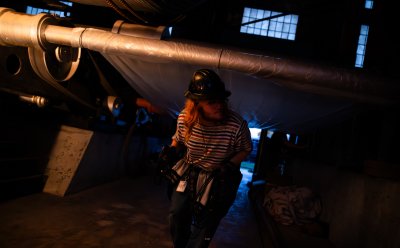
Safety is a high priority for any production, and the Haunted Hoist provides the perfect opportunity for students to learn proper safety procedures both behind the scenes and during the event. While the production is supposed to be scary, the production team is trained to ensure that no one is in real danger. Everyone is required to wear personal protective equipment, including hard hats, while on location. No one works alone at the site. The buddy system is standard operating procedure, even when the task is to go around the corner and grab tools. As it was in the days of copper mining, any accidents could be far more serious if unnoticed by the rest of the team.
Kent Cyr said students learn to work within the necessary constraints. "If you're trying to get to the back of the computer or audio rack and you've got a hard hat on, then you're like, 'I can't see and my head doesn't fit anymore!' Well, too bad. Figure it out, that's the deal," he said.
Students also learn to pace themselves. The production plan includes breaks for performers, with plenty of "scarers" to step into roles so everyone gets breaks to warm up, eat and decompress during a night of intense performance.
If the production gets too intense for any visitors, there's a plan for that, too. The set includes features like hidden doors that can be used in case of emergency. All students are required to know the predesignated exit zones, and there are team members assigned to look out for potential concerns.
"We have trained specific students and positioned them at specific points to make sure that, should something happen where an audience member needs to not be in the situation, we can get them out," said Kent Cyr.
"We try to keep the atmosphere open, happy and fun. There's so many skeleton jokes and haunted house humor constantly."
VPA students work on audience awareness and try to tailor the experience to the age of the patrons they're trying to scare. That said, the goal is to scare the audience. Kent Cyr cautions parents from bringing very young children to the Haunted Hoist, especially if they don't want their kids to gain a phobia of clowns.
Learning the Ropes in a Nontraditional Industry
The Haunted Hoist experience provides opportunities for students to learn self-advocacy and professionalism in preparation for a demanding industry where nine-to-five jobs are not the norm.
"When I was working as a theater tech, no one asked me how many hours I wanted to work, they just said do the job. When you go out into the world, it's going to be the same," said Kent Cyr. His hope is that Huskies will learn early on to draw healthier boundaries in their careers.

Students participating in the Haunted Hoist take either a one-credit or a three-credit class, and take on the roles of fabricators, designers, installers and scarers.
"It's a unique event unlike any other entertainment show we put on throughout the year," said Estrada. "Some challenges are time management with classes and breaks, trying not to take up everyone's free time while still getting things done."
The goal is to keep in line with the number of working hours expected for a traditional classroom course, but with the understanding that "homework" hours are fulfilled as part of the production process. Those taking the one-credit course will work roughly 40 hours on the production, while those taking the three-credit course work about 90 hours. Regular reviews of student time sheets throughout the course prompt conversations around efficiency, time management and reducing outside interruptions while working.
"I am learning so much about being a leader and how to better communicate with others. These projects are more than just 'I need to do this,' or 'I need to do that.' But, I learned that 'We need to do this' and 'We can do that.' Leading is a team effort and I am enjoying every step of the way."
"Navigating 'When I'm at work, I'm at work' and 'When I'm not at work, I am not at work' is part of our training," said Kent Cyr. "It is part of what we need to be working on with these students because we can't have a work-life balance in this field without it."
"I chose this major because I love seeing shows and events start from nothing and grow into something beautiful for people to enjoy," said Pelkey. "We definitely have come a long way from the start of this idea, and there have been lots of stressful nights, but also fun times."
Michigan Technological University is an R1 public research university founded in 1885 in Houghton, and is home to nearly 7,500 students from more than 60 countries around the world. Consistently ranked among the best universities in the country for return on investment, Michigan's flagship technological university offers more than 185 undergraduate and graduate degree programs in science and technology, engineering, computing, forestry, business, health professions, humanities, mathematics, social sciences, and the arts. The rural campus is situated just miles from Lake Superior in Michigan's Upper Peninsula, offering year-round opportunities for outdoor adventure.
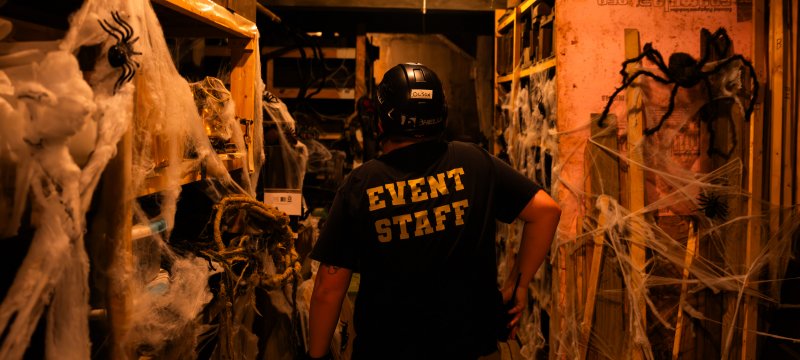

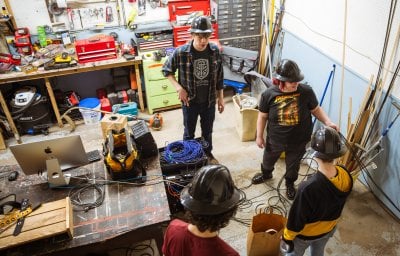
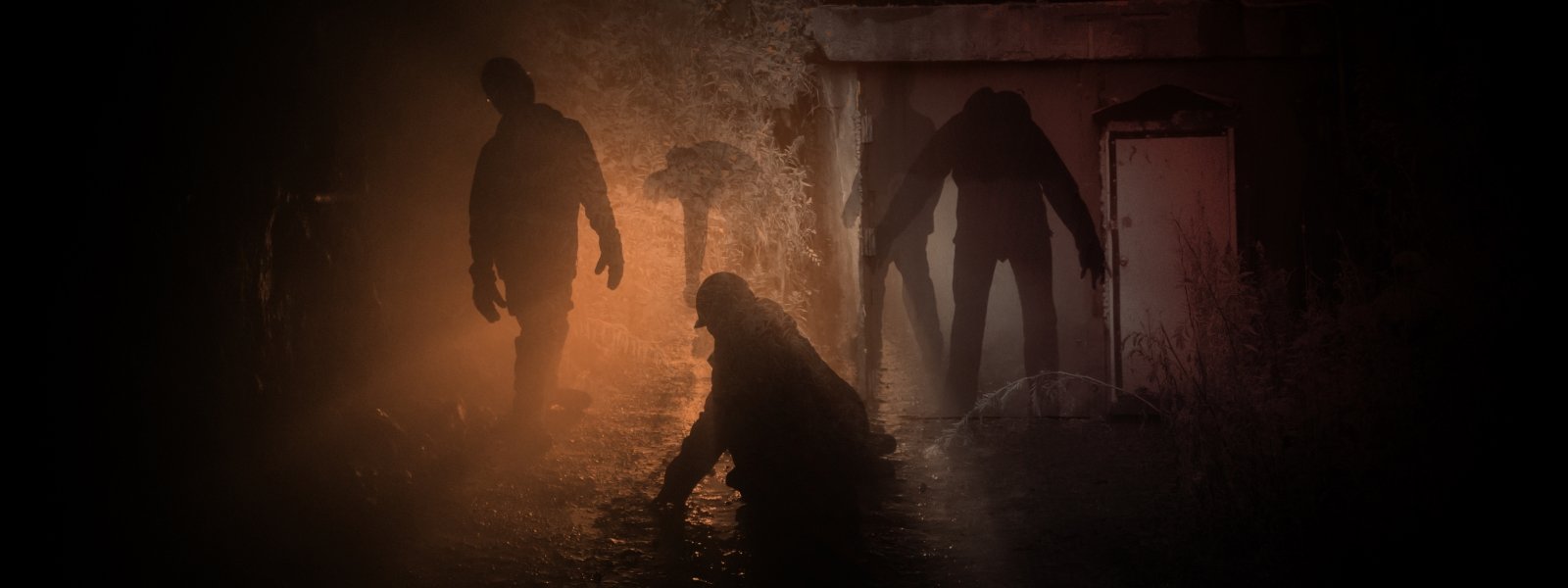
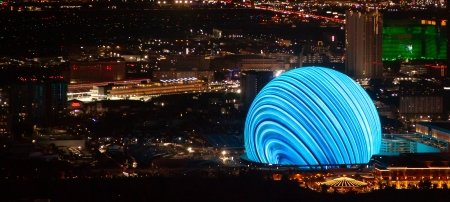
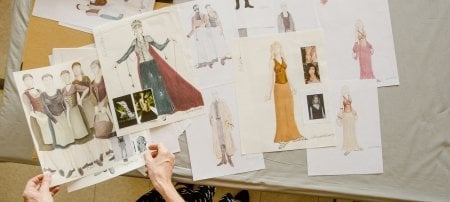

Comments